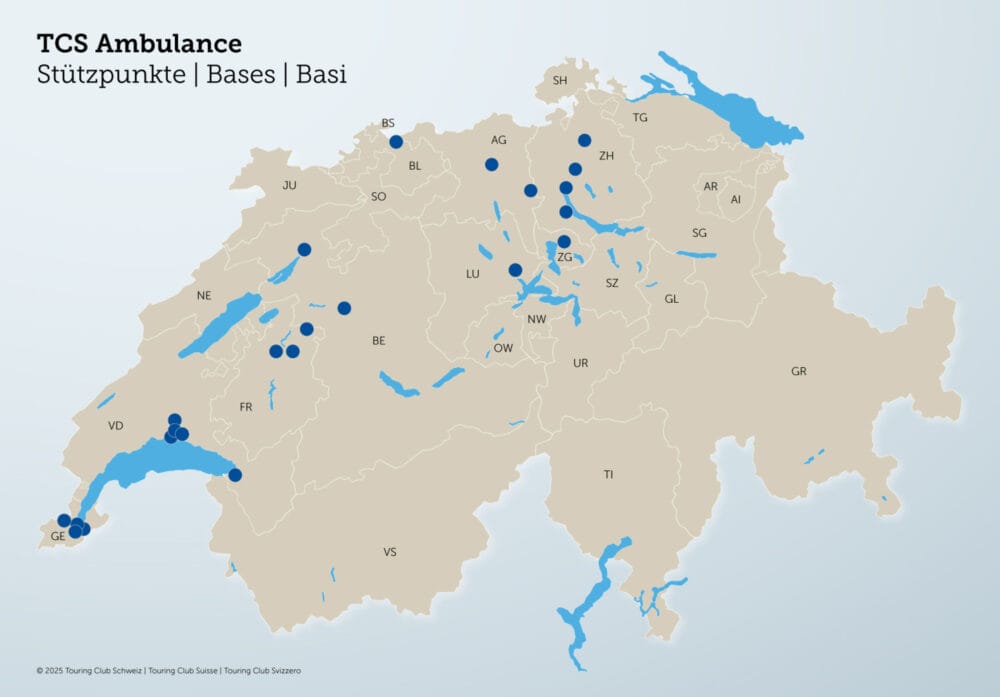Resistance smuggles itself through wastewater treatment plants
Bacteria that are resistant to antibiotics are not completely eliminated in wastewater treatment. Only some of the resistance originates in the influent; many others are found in activated sludge bacteria. As a new study by the water research institute Eawag shows, wastewater treatment plants are more than just a pass-through station - resistance is active and changing there.

More than 95 percent of all Bacteriathat enter wastewater from human feces are removed in wastewater treatment plants. Nevertheless, many antibiotic-resistant bacteria are still found in the effluent. How can this be explained? Microbiologist Helmut Bürgmann and his group wanted to know and investigated in twelve wastewater treatment plants (WWTPs) what happens to resistant bacteria during the treatment process. The researchers were also interested in whether stressors in the wastewater - for example antibiotics, biocides or heavy metals - influence the occurrence of resistance genes.
A "hard core" of persistent resistance
In the twelve ARAs, the researchers took biomass samples from the influent, the biological treatment stages and the effluent. From these, they extracted DNA, sequenced it and identified those gene segments that code for resistance to antibiotics. In general, the researchers detected significantly fewer resistant bacteria in the treated wastewater than in the influent. But: "The relative proportion of resistant microorganisms is increasing in the ARA," says Bürgmann.
The researchers found many different resistance genes, the composition of which varied greatly within the ARA. A small group of resistance genes occurred at all stages of purification. This "hard core" smuggles itself through the ARA and is comparatively common. But around 70 percent of the various resistance genes that enter the WWTP with the wastewater are eliminated in the course of the purification process. On the other hand, new ones are also added: "Around 40 percent of the resistances in the effluent of the WWTP probably originate in the activated sludge," says Bürgmann.
Survival thanks to resistance
The researchers suggest that conditions in the ARA provide a survival advantage for resistant microorganisms. One indication of this is that there is a correlation between the frequency of resistance and the occurrence of some Antibiotics a connection was shown - although these are present in the ARA only in very low concentrations. In addition, the resistance genes were actually active throughout the entire wastewater treatment plant up to the effluent. Bürgmann also attributes the fact that activated sludge bacteria often carry resistance to the close proximity of microorganisms in the WWTP: "Some of the bacteria in the biological treatment stages contain resistance genes that are 100 percent identical to those of pathogens. They have presumably acquired these through gene exchange."
More info









